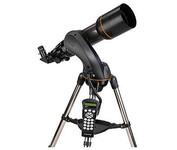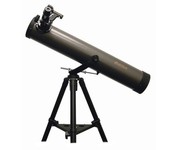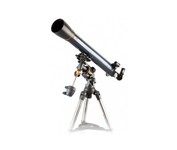Products reviews
Celestron NexStar 102 SLT (200 x 102mm) Telescope$410.00 to $480.00
Tags:celestron, nexstar, 102, slt, 200, x, 102mm, telescope, | Galileo FS-80 Telescope$65.00 to $80.00
Tags:galileo, fs-80, telescope, | Celestron AstroMaster 90EQ (100 x 90mm) Telescope$150.00 to $300.00
Tags:celestron, astromaster, 90eq, 100, x, 90mm, telescope, |
Celestron PS 60 (175 x 60mm) Telescope
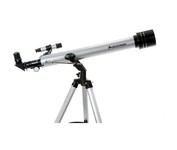
The PowerSeekers come in a choice of refractor or reflector, equatorial or altazimuth mount design. The PowerSeekers come with all coated glass optical components with for enhanced image brightness and clarity. The Newtonian reflectors offer larger aperture and greater light gathering power needed to resolve the faint detail of hundreds of deep-sky and other celestial objects.Minimize
Celestron NexStar 60 SLT (120 x 60mm) Telescope
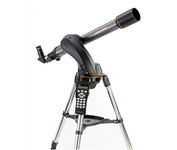
Our most affordable NexStar telescope turns starry nights into space odysseys. The 60mm refractors come with a fully computerized hand control with a database of over 4,000 celestial objects. With its pre-assembled, adjustable steel tripod, the NexStar 60 SLT can be up and ready to use in a matter of minutes
Celestron AstroMaster 76 EQ Telescope
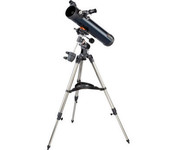
If you're looking for a dual-purpose telescope appropriate for both terrestrial and celestial viewing, then the AstroMaster Series is for you. Each AstroMaster model is capable of giving correct views of land and sky.
Meade NG-60 (20200) (233 x 60mm) Telescope
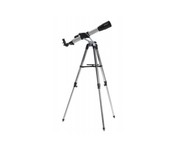
A perfect beginning telescope designed specifically for land use, and an occasional peak at the sky. The tripod mount that holds the telescope is designed to move only in straight lines, called Altazimuth.Objects in the sky move in semi-circles, never in straight lines.Use lower power eyepieces to track the Moon, and keep it in the eyepiece.Minimize
